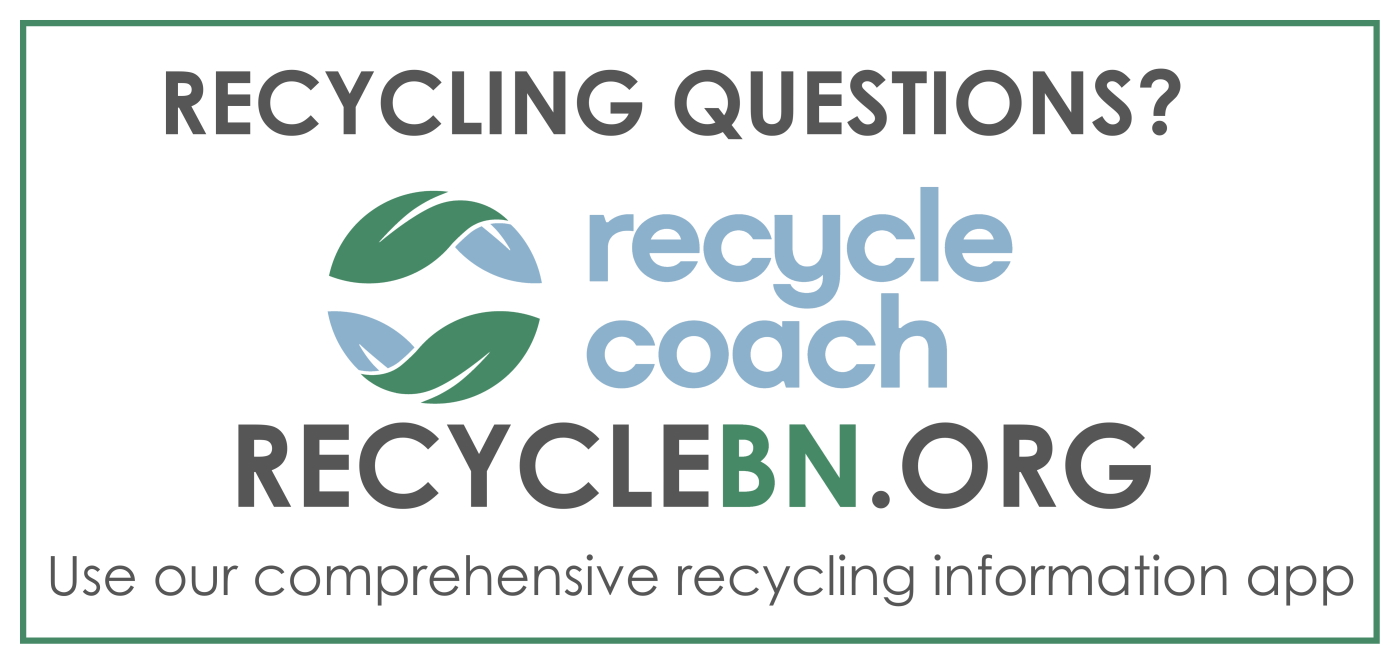The Importance of Water
Clean water, especially water that is usable by humans for consumption, is a non-renewable resource. While it may seem that the large oceans, rivers, and lakes in and around the continents should suffice to provide humans with this natural resource, water from those sources is not usable in its untreated state. Water from rivers and lakes, in many cases, requires a cleansing process, and water from the ocean requires not only purification, but also desalination. Keeping our waterways clean is very important. Pollution is one of the major contributing factors to non-usable water. It is in our best interest, both for our health and the health of our children and animals, to keep our water as clean as possible. It is especially important to conserve water during times of drought, especially during the summer months. Water plays a strategic role in raising crops and cattle for our food, not only in the United States, but in other countries from where we import supplies. Water is not an unlimited resource.
What Can You do to Conserve Water?
Save Water in the Bathroom
- Check all faucets, pipes, and toilets periodically for leaks. A faucet drip or invisible leak in the toilet will add up to 15 gallons of water a day, or 105 gallons a week, which adds up to 5,475 gallons of wasted water a year. Check your flapper periodically to make sure it’s a tight fit.
- Install water-saving shower heads. Low-flow shower heads deliver 2.5 gallons of water per minute or less and are relatively inexpensive. Older shower heads use 5 to 7 gallons per minute.
- Try a navy shower. Due to a lack of fresh water aboard ship, sailors were taught to get wet, turn off the water, soap and scrub, then briefly turn the water on to rinse—a good routine for all of us.
- Take shorter showers or take a bath. Simply taking shorter showers will save gallons of water. For long exposures to the water, a partially filled bath instead of a shower will use less water.
- Install a 1.6 gallon low-flow toilet. Ultra low–flow toilets use only 1.6 gallons of water per flush. Using these could cut indoor water use by as much as 20%. Older toilets use 3.5 to 7 gallons per flush.
- Check for toilet leaks. Once a year, check for toilet leaks. Remove the toilet tank cover and drip 10 drops of food coloring into the tank. After 15 minutes, check for color in the toilet bowl. If you see any color, your toilet has a leak and should be repaired immediately. Again, remember to check your flapper periodically to make sure it’s a tight fit.
- Don’t use the toilet as a wastebasket. Using a wastebasket instead of the toilet for tissues and other bits of trash will save gallons of water that are otherwise wasted.
- Install high efficiency, low-flow faucet aerators. Older faucets use between 3 and 7 gallons per minute. Low-flow faucet aerators use no more than 1.5 gallons of water per minute. The aerators can be attached to most existing faucets.
- Fix leaky faucets immediately. A leaky faucet may simply need a new washer. Small faucet leaks can waste 20 gallons of water a day. Large leaks can waste hundreds of gallons.
- Turn off the water while shaving, brushing teeth, etc. Don’t let the water run when you brush your teeth, wash your face or hands, or shave. This can save 3 to 7 gallons per minute.
Save Water in the Kitchen and Laundry
- Fill your dishwasher. Your dishwasher uses the same amount of water whether it’s full or just partially full of dishes, so be sure to fill it. Many dishwashers have a water saver cycle to save even more water.
- Keep drinking water in your refrigerator. Don’t let the faucet run until the water cools down. Instead, keep a container of drinking water in the refrigerator. Running faucets waste 3 to 7 gallons of water per minute. Before rinsing, put the sink stopper in place instead of running the water. If you need to use the garbage disposal, release the used sink water as the disposal is turned on.
- Defrost food in the refrigerator. When defrosting food, plan ahead to thaw it in the refrigerator or microwave oven instead of under running water.
- Select proper water level for laundry. Unlike your dishwasher, you can control the amount of water used by your clothes washers. Select the proper water level for each load of laundry. A front-loading washer machine uses 1/3 less water than a top loading machine.
- Reuse fish tank water. Use fish tank water on your household plants. Besides saving water, it’s a good fertilizer as well.
Save Water Outside
- Choose an Automatic Irrigation System. An automatic sprinkler system can be set to water the lawn for a specified amount of time. This saves your time and waters the lawn evenly. If you don’t have an automatic sprinkling system, set a kitchen timer. A lot of water can be wasted in a short period of time if you forget to turn your sprinklers off. Outdoor faucets can flow at rates as high as 300 gallons per hour.
- Use a Cistern to Collect Rainwater. 1,000 square feet of roof or pavement can collect 420 gallons of water from 1 inch of rain. Rooftops or any sloping surface such as a driveway are prime “catchment” areas for rainwater. Store the collected water in a cistern and siphon it off to water your garden or wash your car. A plastic or metal garbage can is easily converted to a cistern by attaching a spigot and hose. Locate your cistern close to wherever you plan to use the water, and consider the massive weight of such a tank if you plan to put it on your roof. To filter out leaves and debris, install a removable screen at the entrance to the cistern.
- Spot water. Drier areas require more water than areas where water settles. If necessary, water dry areas by hand.
- Use a soil probe to test soil moisture. Water only when a soil probe shows dry soil or a screwdriver is difficult to push into the soil.
- Water the lawn only when needed. Step on the grass; if it springs back up when you move your foot, it does not need water.
- Don’t water the pavement. Position sprinklers so that water lands on the lawn or garden, not in areas where it is not needed. Also avoid watering when it is windy. Wind causes water to evaporate quickly and blows water onto areas where it is not needed. Remember, if it doesn’t grow, don’t water it!
- Water without waste. Interrupt watering when puddles or runoff occur. This allows the water to penetrate into the soil before resuming irrigation.
- Consider drip irrigation systems around trees and shrubs. Drip systems permit water to flow slowly to roots, encouraging strong root systems. These systems will also cut down evaporation.
- Keep lawn free of weeds. Weeds are water thieves and will rob your plants of water and nutrients. Spot spray or remove weeds as they appear.
- Accept a less than lush lawn. Grass will naturally go dormant during periods of drought, but will readily regenerate when water becomes available. Reduce traffic on stressed turf areas if possible.
- Match fertilizer to the plant requirement. Fertilizer applications require additional water. Excess fertilizer stimulates top growth, often to the detriment of the root system. Learn to accept turf grasses with low water needs.
- Mow as infrequently as possible. Mowing puts the grass under additional stress that requires more water.
- Mow higher than normal. Longer leaf surfaces promote deeper rooting and shade the root zone. Never remove more than 1/3 of the leaf blade in one mowing. Return mulched clippings to the lawn.
- Use a broom to clean the driveway and sidewalk. Sweeping the driveway and sidewalk will get them clean enough without wasting gallons of water.
- Don’t let the water run while washing the car. Get the car wet, then turn off the water while you soap the car down using a bucket of soapy water. Turn on the water again for a final rinse. Use the bucket of soapy water on the flower bed or garden.
- Don’t use the sprinklers just to cool off or for play. Running through water from a hose or sprinkler is fun but wastes gallons of water.
- Check for leaks in pipes, hoses, and faucets. All leaks cause water to be wasted. Repair or replace any equipment leaking water.
- Cover your swimming pool. Covering a swimming pool will help reduce evaporation. An average sized pool can use about 1,000 gallons of water per month if left uncovered. A pool cover can cut the loss by up to 90%.
- Recycle your pool water. Backwashing or draining your pool into the street is against the Water Conservation Landscaping and Water Waste Ordinance. Use your pool water to irrigate your lawn, plants, trees, and shrubs. Once you have recycled as much water as possible, find your sanitary sewer clean-out. Remove the cap and pump the pool water into the sewer at a rate not to exceed 20 gallons per minute (a faster rate could cause back-up into your house). Pump rentals are available at swimming pool supply stores and equipment rental companies.
- Use shut-off nozzles on hoses. Shut-off nozzles completely turn off the water when you are not using it.
- Move sprinkler heads away from curbs or sidewalks. A mulch, bark, or rock area at least 8 inches wide adjacent to sidewalks and curbs will help eliminate water waste.





